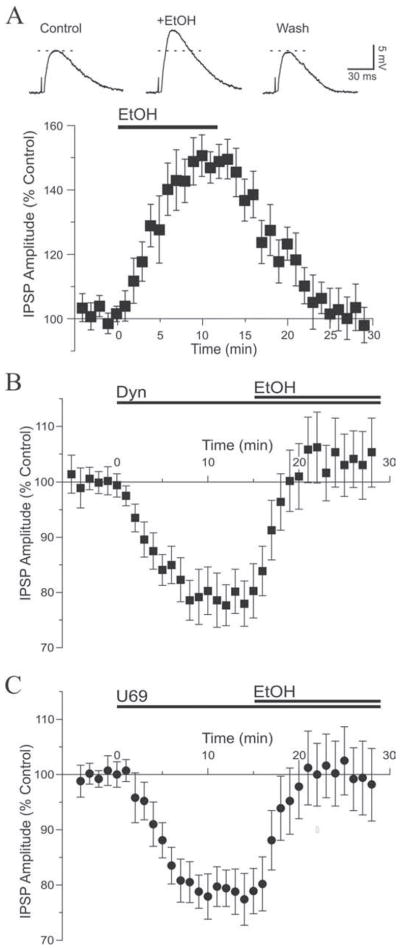Figure 3. Kappa receptor ligands diminish the action of ethanol.

A. Top: superfusion of ethanol (EtOH) onto this neuron increased the amplitude of the evoked IPSP with recovery to control level upon washout. RMP was −80 mV. Bottom: pooled data showing the time course of the effect of ethanol, which on average increased inhibitory transmission by 48%. B. Dynorphin (1–2 μM; t = 0) decreased IPSPs to 79% of control. Addition of 44 mM ethanol (t = 15) reversed the dynorphin effect, increasing IPSPs by a net 32%. C. We observed a similar pattern with U69: U69 alone (0.5–1 μM) decreased IPSPs to 81% of control and addition of ethanol reversed the U69 effect, increasing IPSPs by a net 29%.
